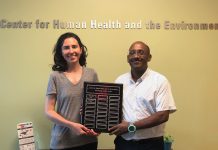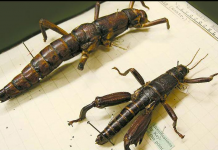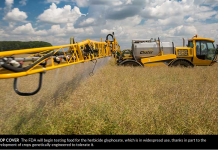By Alen Dove
For many molecular biologists, a specimen that is too degraded for easy DNA sequencing is a minor annoyance. They simply prepare another, better sample from the abundant source material they have on hand in cultured cells, laboratory animals, or a freezer full of tissues. But what if the only available specimen is an arsenic-preserved pelt from 150 years ago, a pile of mummified dung found in a cave, or a single formalin-fixed pathology slide? As sequencing technology steadily improves, such irremediably difficult samples have gradually begun yielding usable sequences.
The goals of these hard-core sequencing projects range from studying climate change, to classifying—or even resurrecting—extinct species, to improving cancer diagnosis. Nonetheless, they share many of the same challenges, as stored DNA breaks down into progressively smaller fragments over time. Moreover, standard preservatives or compounds in the environment chemically modify the nucleic acids, thereby making modern sequencing techniques produce vast quantities of often cryptic data. Despite those barriers, scientists and equipment makers are pushing sequencing techniques steadily forward, often with surprising results.
Not dead yet
In 2001, a team of scientists visiting Ball’s Pyramid, an isolated rock spire off Lord Howe Island in the Tasman Sea, discovered the world’s rarest invertebrate: an apparent relict population of two dozen Lord Howe Island stick insects (Dryococelus australis). Once abundant on their nearby namesake island, the insects went extinct there shortly after the introduction of rats in 1918. The population on Ball’s Pyramid looks like the same species, but to be sure, researchers want to compare its DNA to that of museum specimens collected over a century ago.
For Alexander Mikheyev, assistant professor in the ecology and evolution unit at the Okinawa Institute of Science and Technology in Okinawa, Japan, it’s a familiar problem. “Nothing I work with is really preserved well, but there’s some bad and some really bad,” says Mikheyev, who specializes in sequencing preserved insects. The D. australis samples he hopes to analyze have been stored dried on pins in museum drawers. Read More





